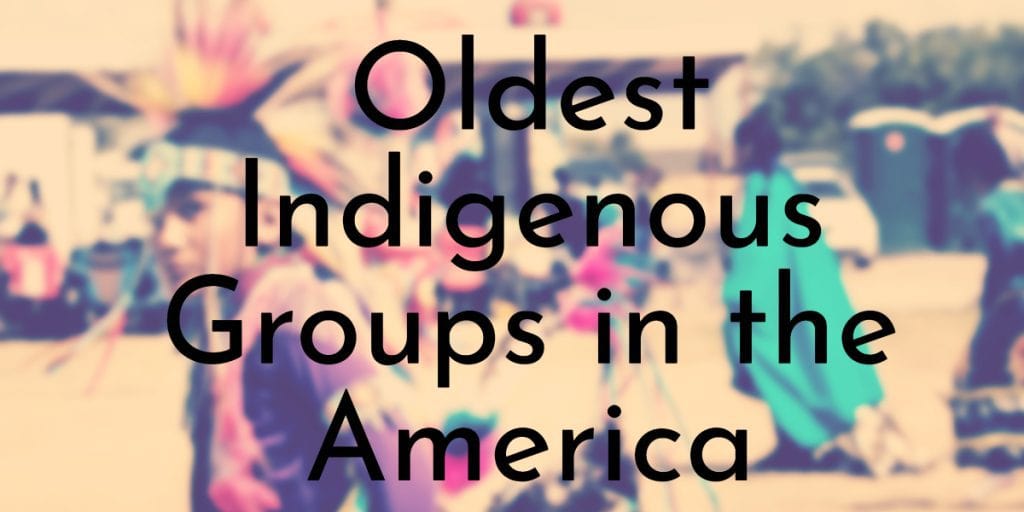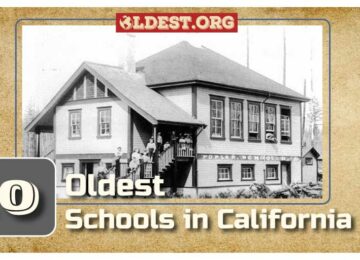Indigenous peoples are the oldest inhabitants of the American continents. Prior to, during and after colonization, thousands of tribes, from Canada to Patagonia, have thrived in established societies with their own cultural, social and religious practices. The list below is not exhaustive by any means, but it demonstrates the varied and lasting diversity of Indigenous Americans. To learn more about Native history and current news– visit tribal websites, contact local experts and follow Indigenous activists on social media.
10. Crow Tribe
First Appeared: Unclear, but settled in Montana in the mid-fifteenth century
Location: Great Plains
Language: Crow/ Part of the Siouan language family and English
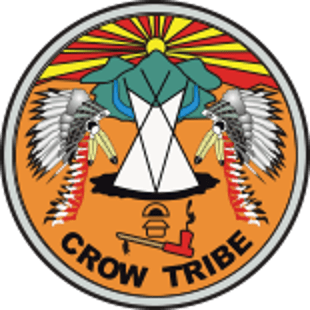
The Crow (Absaroka) Tribe first appeared in the Yellow Stone River Valley and eventually migrated to Montana. From there, the tribe divided into two factions—the Mountain Crow and the River Crow. During the sixteenth to seventeenth centuries, they mostly lived in teepees made from animal leather and relied on bison, deer and other large game for food, which they hunted on horseback. The Crow people also have a rich history of embroidery, which can be found on lots of their traditional garments.
Did you know:
Today, 11,000 people are registered with the Crow tribe and 8,000 of them live on the reservation in Montana.
9. Dane-zaa
First Appeared: Unknown, but inhabited parts of Canada prior to the nineteenth century
Location: Throughout Canada, but mostly Alberta and British Columbia
Language: Athabaskan
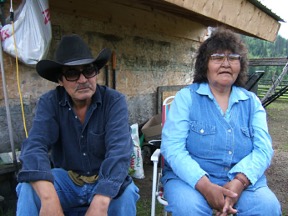
The Dane-zaa, also known as the Dunne-za or Beaver tribe, are a Canadian First Nations people from various parts of Canada. Prior to imperialism, Dane-zaa people first inhabited permanent two room dwellings and, after several interactions with the Cree tribe, adopted a nomadic lifestyle with individual hunting bands led by shaman leaders– rather than living as a single cohesive group. They hunted big game, like moose and elk, and used portable homes like teepees to conveniently travel from place to place. Today, most members of the Dane-zaa live on one of four reservations and about 1,000 people are registered with the tribe.
Did you know:
The Virtual Museum of Canada has several online resources and projects preserving the Dane-zaa culture and language.
8. Arapaho
First Appeared: Unknown
Location: Eastern plains of Wyoming and Colorado
Language: Arapaho/Algonquian language family
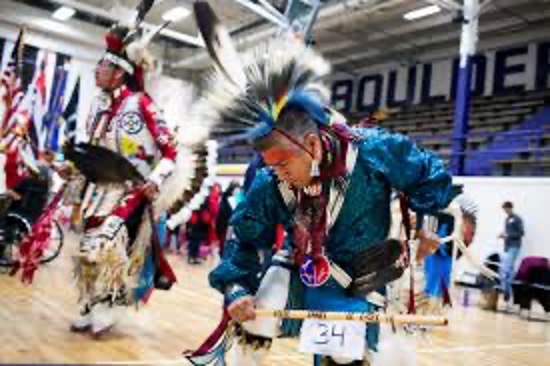
The Arapaho tribe originates from the Midwestern United States and originally lived a more nomadic lifestyle following buffalo and sleeping in portable teepees. After European colonization, horseback riding became a part of the Arapaho hunting tradition. Unfortunately, western expansionists and imperialists are also responsible for decimating the American buffalo population, wiping out a major food source for the Arapaho and other tribes. By the time the United States was better established, Indigenous people faced racist, inhumane and immoral treatment. During the Civil War and Indian Wars, the Union-led troops murdered hundreds of Arapaho and Cheyenne people in the Sand Creek Massacre—driven mostly by a desire for their land.
Did you know:
Due to a split in the mid-nineteenth century, there are now four federally recognized Arapaho tribes.
7. Mojave
First Appeared: Unknown, but prior to the sixteenth century
Location: Arizona and California
Language: Yuman/ Hokan language family
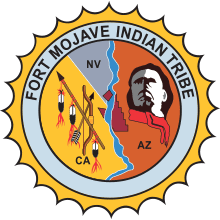
The Mojave tribe originates in the Mojave Desert, which occupies parts of California and Arizona. Like many other Southwestern Indigenous groups prior to colonization, the Mojave relied on farming, made possible by annual floods, for their food. They also hunted, fished and gathered wild plants. The Mojave tribe traditionally has a hereditary chief to lead in various political and social decisions. Religiously, traditional Mojave belief centers on a supreme creator and emphasizes the importance of dreams in celebrating the divine.
Did you know:
Today, the Fort Mojave Indian Reservation takes up a few thousand acres in California, Nevada and Arizona.
6. Guaraní Peoples
First Appeared: Unknown, but prior to the sixteenth century
Location: Paraguay, Argentina, Bolivia and Brazil
Language: Guaraní
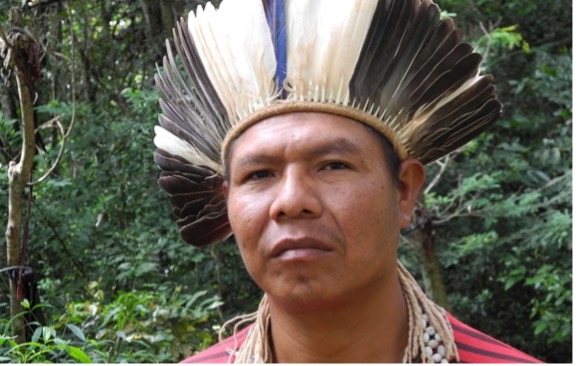
Guaraní is a large ethnic group that encompasses several tribes found throughout South America with a population of about five million. Traditionally, the Guaraní lived in forests where they grew maize, cassava and sweet potatoes and hunted and fished. Due to Spanish imperialism, many people with Guaraní heritage now live in large cities, but a few tribes still remain on the outskirts of the forest, where they have mostly managed to evade assimilation. Several of these tribes are now threatened by greed and deforestation.
Did you know:
Paraguay is particularly vocal about its Guaraní heritage, with many of its citizens speaking both Spanish and an adapted version of the Guaraní dialect.
5. Arikara/Sahnish
First Appeared: Unknown
Location: North American Plains
Language: Arikara/Caddoan Language Family
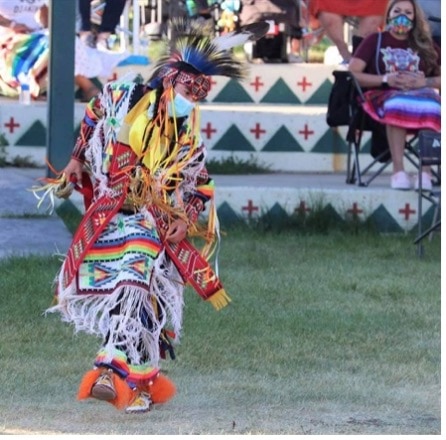
The Arikara tribe is part of the North American Plains Indians group, which also includes the Cheyenne, Apache, Mandan, Osage Nation and Pawnee tribes—the latter of which the Arikara people broke away from centuries ago. Like Puebloans, past Arikara people built and lived in clay dwellings and harvested maize, beans, squash, sunflowers and tobacco in addition to hunting. In terms of spiritualism, the Arikara tribe creates sacred bundles that allow for divine communication and are protected by designated bundle keepers. Due to imperialism, the Arikara tribe became temporarily nomadic during the eighteenth century and, after suffering massive losses due to European diseases, formed a coalition with the Mandan and Hidatsa tribes called the Three Affiliated Tribes or MHA Nation.
Did you know:
Currently, about 1,000 people are registered with the Arikara tribe and the MHA Nation reservation is in New Town, ND.
4. Yokut
First Appeared: Unknown, but most likely have ancient origins
Location: San Joaquin Valley, CA
Language: Multiple from the Tenutian language family
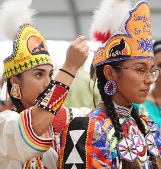
The Yokut are some of the oldest inhabitants of what is now known as California. Like a few other entries on this list, Yokut does not describe a single tribe, but a collection of tribes found throughout the region. Early ancestors of the Yokut most likely relied on hunting and gathering for food and used natural materials to design clothing as well as jewelry and headbands. Like many Indigenous Californians, the Yokut peoples probably interacted with Spanish missionaries and imperialists, who forced them to convert to Catholicism and live on missions.
Did you know:
Early Tachi-Yokut peoples relied on acorns as their main food source.
3. Zuni
First Appeared: 2,500 BCE
Location: New Mexico
Language: Penutian
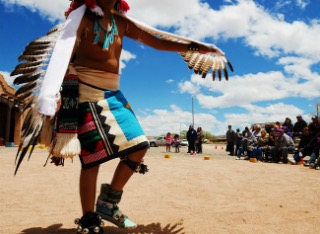
One of the tribes descended from Ancestral Pueblos, the Zuni have a long history in the American Southwest. Like their predecessors, they built and occupied pueblo villages, which came to be known as the Seven Cities of Cibola. Unfortunately, the Spanish learned about these civilizations as well, believing them to be an “empire of gold.” The Zuni people put up a united front against the imperialists and defeated them during the Pueblo Revolution. Traditionally, Zuni relied on maize, squash and bean yields, along with hunting, for their food sources. They also have a rich history of turquoise jewelry, basket weaving, beadwork and pottery.
Did you know:
Today, about 10,000 Zuni people are registered with the tribe.
2. Ancestral Puebloans
First Appeared: c. 10,000 BCE
Location: American Southwest
Language: Multiple
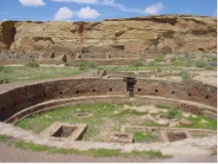
Ancestral Puebloans were ancient peoples of the Americas that included many tribes and from whom many other tribes descended. They mostly populated the Southwest, living as farmers and using clay to construct their multi-tiered and multi-roomed pueblo homes and craft pottery. Since they occupied desert regions throughout what would become the U.S. and parts of Mexico, their lives depended on clever irrigation systems and rain rituals, depending on how dry the climate was. Prehistoric ancestors to modern tribes, the ancestral Puebloans started to diverge and disperse as a result of violent European colonization in the mid sixteenth century.
Did you know:
Several modern tribes can trace their history to the Ancestral Puebloans—including the Zuni, Santa Ana, Santa Felipe, Cochiti and Nambe, to name a few.
1. Clovis
First Appeared: c. 11,500 BCE
Location: United States, Mexico and Central America
Language: Multiple
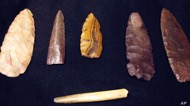
One of the oldest known groups, the Clovis most likely arrived to the North continent from Asia via the Bering Strait. While anthropologists doubt that they were the first people here, they are still ancestors of several modern tribes. For a while, historians believed Clovis people hunted mammoths using specially designed spearheads. Today, most posit that their diet was a more reasonable combination of foraged plants, small game and fish. Like many prehistoric cultures the Clovis later dispersed and developed into other distinct groups.
Did you know:
Clovis people are known for their artful spears, called Clovis points, which were constructed from jasper, chert or obsidian.


